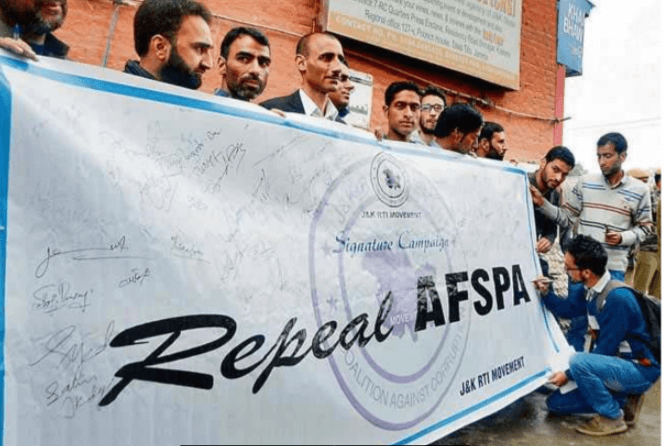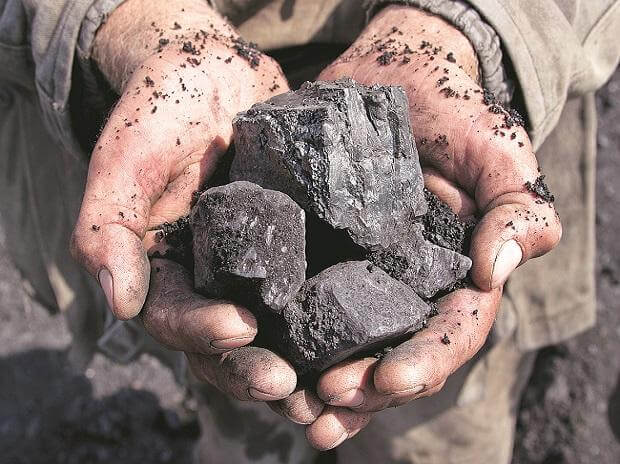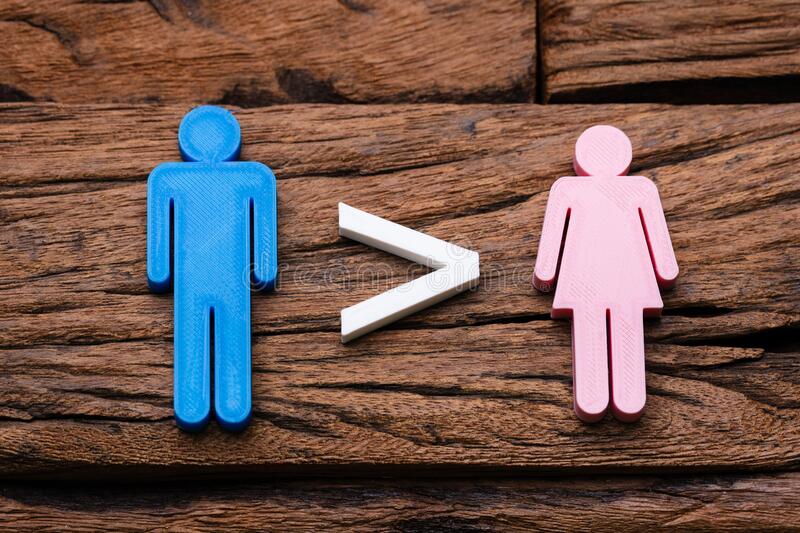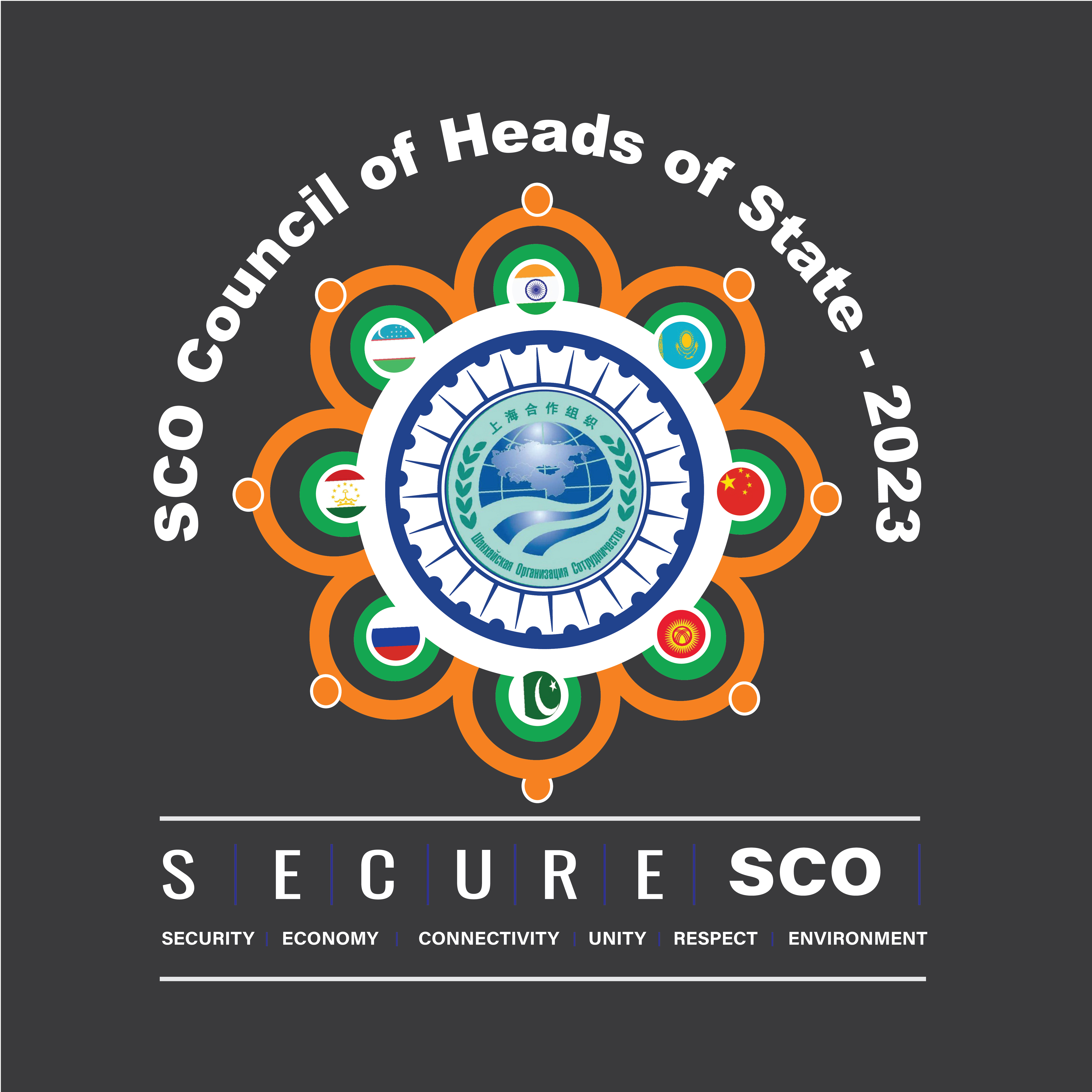"Hussaini Brahmins": A Beautiful Blend of Inclusive Indo-Islamic tradition
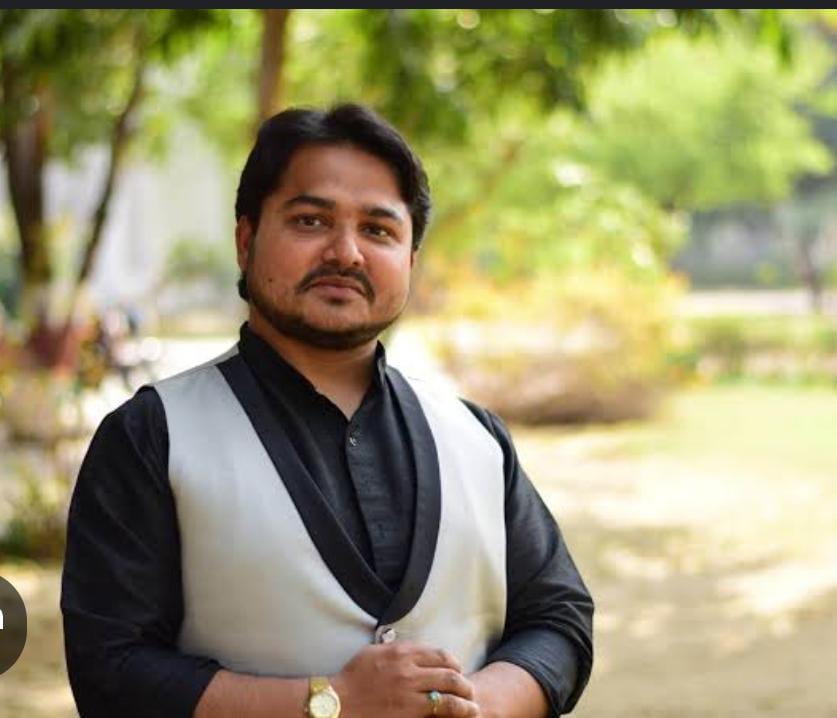
Ghulam Rasool Dehlvi
Indo Islamic ScholarIndo-Islamic tradition is an 'amalgamation of the two oceans' in the words of India's legendary Sufi philosopher and Mughal Prince Dara Shikoh. Majma-Ul-Bahrain or "The Mingling Of The Two Oceans”, the most popular treatise by Dara Shikoh was one of the first to conceive this inclusive idea. This was first propounded by the 10th century Muslim scholar Abu Rayhan al-Biruni, a Khwarazmian
Iranian philosopher and polymath also known as the "founder of Indology.'' The distinct and delineating features of the Indo-Islamic tradition consist of a certain fusion of folk customs and institutions which are indigenous to the Indian subcontinent. Not just the Indo-Islamic architecture, mausoleums, tombs, and minarets are the salient features of this tradition, but also some indigenous people and the Indian communities belong to this beautiful blend.
One of the most notable, but little-known Indian communities who have strengthened the Indo-Islamic tradition is historically traced as "Hussaini brahmins". Originally known as the "Dutt community" and Mohiyals mainly found in Punjab, they are traced back to the event of Karbala which occurred in 680 AD. These Punjabi Brahmins are those whose ancestors fought for Imam Hussain in Karbala. The story goes on:
Fast as the wind, carving its way through the sand dunes at lightning speed, a caravan of a few Indian sons in a noble pursuit was making its way towards
Karbala to register their names in the pages of history.
’Hal Min Nasirin Yansurna’: Is there anyone who can help us?
When Prophet Muhammad's Grandson Imam Husain posed this question to humanity, History witnessed that while Kalma-reciting Muslims were out there to slit his throat, far from his battlefield in Karbala, some brave Indians left their homes to support Imam Husain striving for the truth and righteousness. These were those brave Indians who travelled to Karbala to write a golden page in the history of age-old Hindu-Muslim Unity.
The holy month of Muharram which also marks the new year in Islamic history, is a turning point in our Indian tradition too. On the auspicious 10th of Muharram, Imam Hussain attained martyrdom and rescued humanity from the clutches of evil. He refused to surrender to the Tyrant Yazid, who created a dictatorial dynasty deviating from the consensual democracy (Shur’a) in Islam. Therefore, the noble sacrifice of Imam Hussain is looked up as the revival of the true Islamic principles of democracy, justice, fairness and mutual consensus in the matters of governance.
The Tyrant Yazid, high on his power, was adamant on bringing shame to humanity. But he knew as long as Imam Husain was alive, he wouldn’t succeed in his nefarious ends. It was because of this fear that Yazid cornered Imam Husain and his family at Karbala and forced him to bow down to his tyranny. A living example of valiance and indefatigable determination, Imam Husain proposed that either he would live in Madina on his conditions, or he would migrate to India (Hindustan).
None of these peaceful proposals was accepted by the Tyrant Yazid. Rather, the innocent Imam and all his clan and noble family were cornered near the River of Euphrates, Dariya-e-Furat in Iraq. They were tortured and persecuted so much so that even water was denied to their little children, toddlers and their mothers. Even 6-month-old Ali Asghar, the youngest son of Imam, was killed by the Tyrants in an extreme hunger and thirst for water. And all these atrocities were executed on a written order from Yazid.
As they say, people remember the dearest ones and the real well-wishers in their tough times. While Imam Husain wrote a letter seeking help from his childhood friend Habib in Arabia, his elder son Ali Akbar wrote a similar letter and sent it far away from Karbala…very far to India..... to a Hindustani Sapoot and King of India, Raja Samudargupt who happened to be a cousin-brother of Ali-ibn-e Husain.
Strange as it may sound, History is witness to this unlikely relationship. Over 1400 years ago, the king of Iran, a Parsi by faith, had two daughters--Maher Bano and Shaher Bano. Maher Bano was married to King Chandragupta and was renamed Chanderlekha. A few years later, Chanderlekha’s younger sister, Shaher bano, was married to Imam Husain (A.S.) Chanderlekha and Chandergupt’s son Samudrgupta was the King of India when he got the letter from his cousin Ali ibn-E-Husain.
King Samudrgupta swiftly arranged for a group of brave Indian soldiers and ordered them to depart towards Karbala. The army commander was Rehab Dutt, a Mohiyal Brahmin. Unfortunately, by the time Rehab Dutt and his brave-heart soldiers reached Karbala, Imam Husain was killed. This news disheartened the entire Indian troupe. They decided to run their swords on their own necks. “When the one we came to help is no more, what should we do with these swords? they asked. Just then, an Arab admirer of Imam Husain persuaded them to take the swords off their necks and join the force of Janab-e-Mukhtar. Thus, these Indian soldiers fought a memorable battle, exhibiting the best of Hindustani swords in Karbala to avenge the death of Imam Husain (A.S.)
Even today, the place of Karbala where these brave Brahmins resided is called ‘ad-Dayar-ul-Hindiyya’. Some of these Brahmins were martyred at Karbala, some stayed back, while few returned to Mother India. History remembers these Brave Brahmins by the name of ‘Husaini Brahmins’. Today, we must salute this lesser known but truly great saga of Hindu-Muslim Unity.
These Rajput Mohiyals or the Dutt family from India fulfilled the sacred vision of the holy Prophet when he said: I feel the fragrance coming from India. These "Hussaini Brahmins" actually strengthen the beautiful blend of Indo-Islamic tradition. In the words of a Hindustani poet:
Wah Dutt Sultan,
Hindu ka Dharm, Musalman ka Iman,
Adha Hindu, Adha Musalman!
(Bravo! O Dutt, the king who follows the Hindu religion as well as the Muslim faith, and is a half Hindu and a half Musalman)
Famous Indian film actor Sunil Dutt also belonged to Rahab Dutt's family, and hence was a 'Hussaini Brahmin'. He used to commemorate the martyrdom of Imam Hussain by himself in the footsteps of his ancestors on the occasion of the holy month of Muharram. Once, Sunil Dutt made a donation to Shaukat Khanum Cancer Hospital in Lahore. While donating to the hospital to save the cancer patients, Dutt was reported to have said: “Just like my elders, I shall shed every drop of my blood and give any donation asked for, just as my ancestors did when they laid down their lives at Karbala for Imam Hussain (A.S.)”. The hospital’s archive maintains the record of this statement.
One of Munshi Premchand's historic plays, "Karbala", published in 1924, mentions the legend of the seven Indian soldiers who reached Karbala and fought for Imam Hussain (A.S.). More to the point, Nonica Dutt, a former history professor at JNU who belonged to the Hussaini Brahmins, challenged the statement that Hussaini Brahmins seem to have vanished from the social scene in India.
In this context, the Muharram processions and Karbala commemorations held by the Husaini Brahmins in memory of Imam Hussain is the best example of this inclusive Indo-Islamic tradition. Most notably, the members of the Dutt family did not leave their religion and while being Hindus, they told humanity that Hussainiyyat is an integral part of their faith. Besides the Indian celebrities Sunil Dutt and his son Sanjay Dutt, Hindu Urdu writers such as Sabir Dutt and Nand Kishore Vikram are also some of the notable Hussaini Brahmins.
(Views expressed are personal.)
